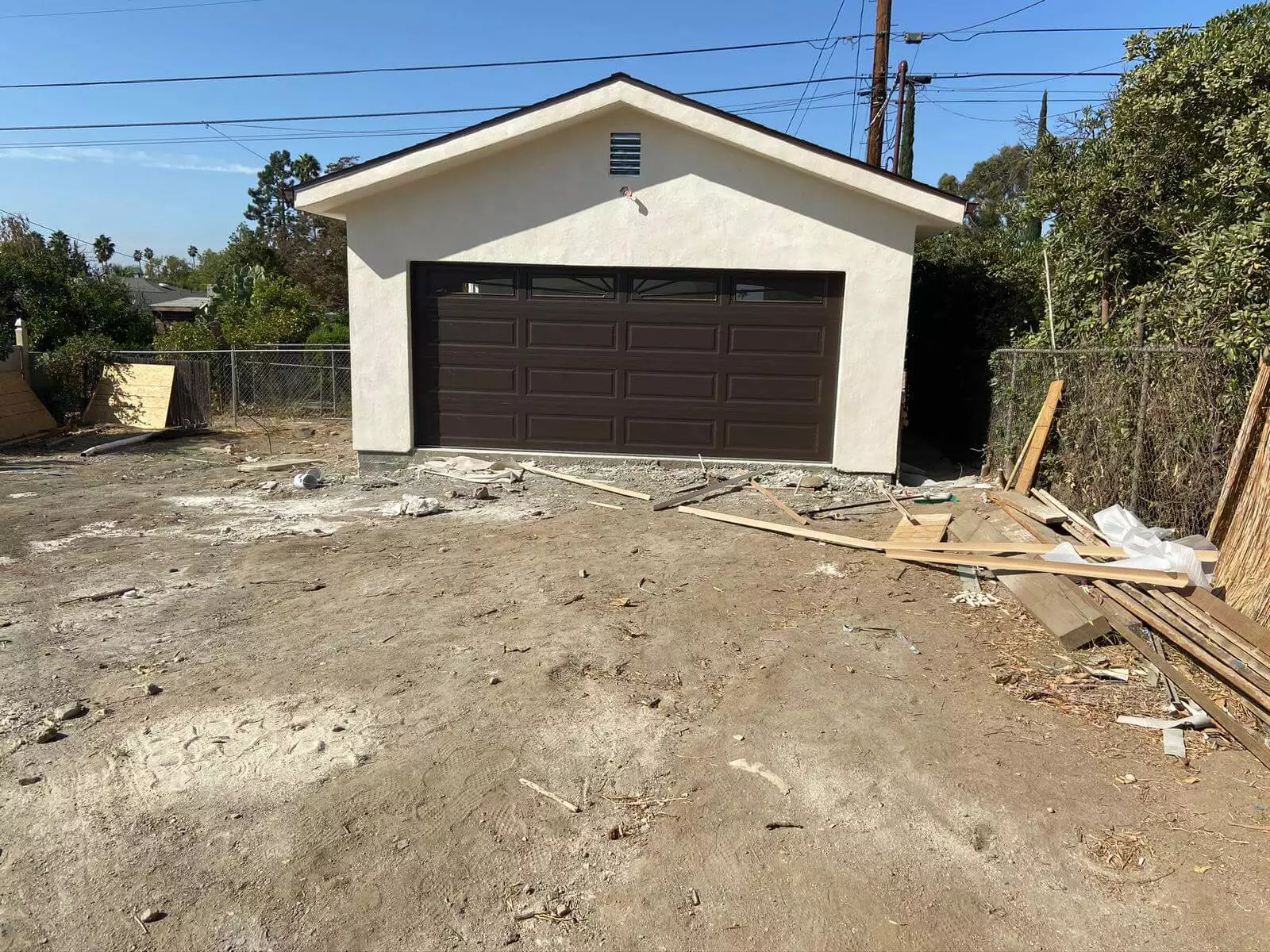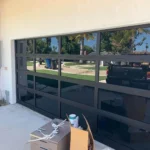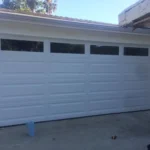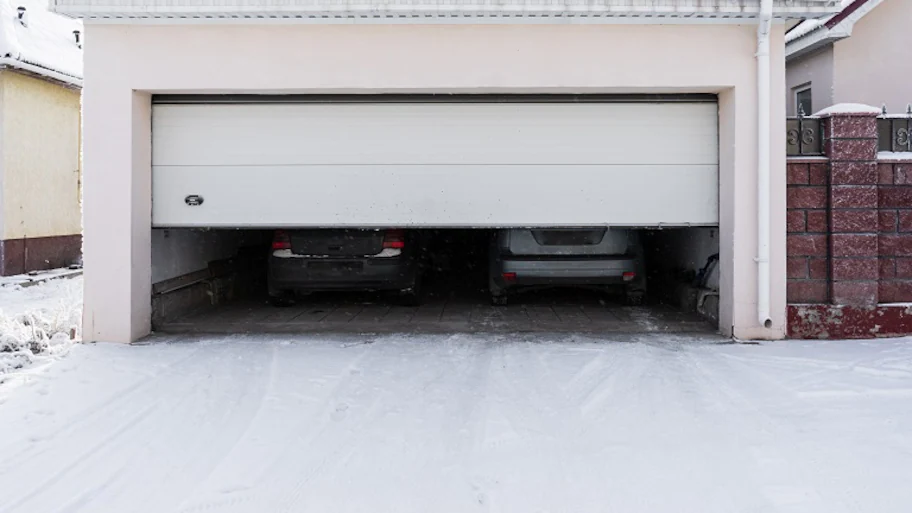Have you ever wondered how long your garage door has been experiencing issues? When faced with a broken garage door, it’s natural to question the duration of the damage and what visible signs to look out for.
Whether you’re a homeowner or a business owner, a malfunctioning garage door can be a major inconvenience and even pose security risks. In this informative blog post, we will explore the various visible signs of garage door damage, covering the topic from all angles to provide the answers you need.
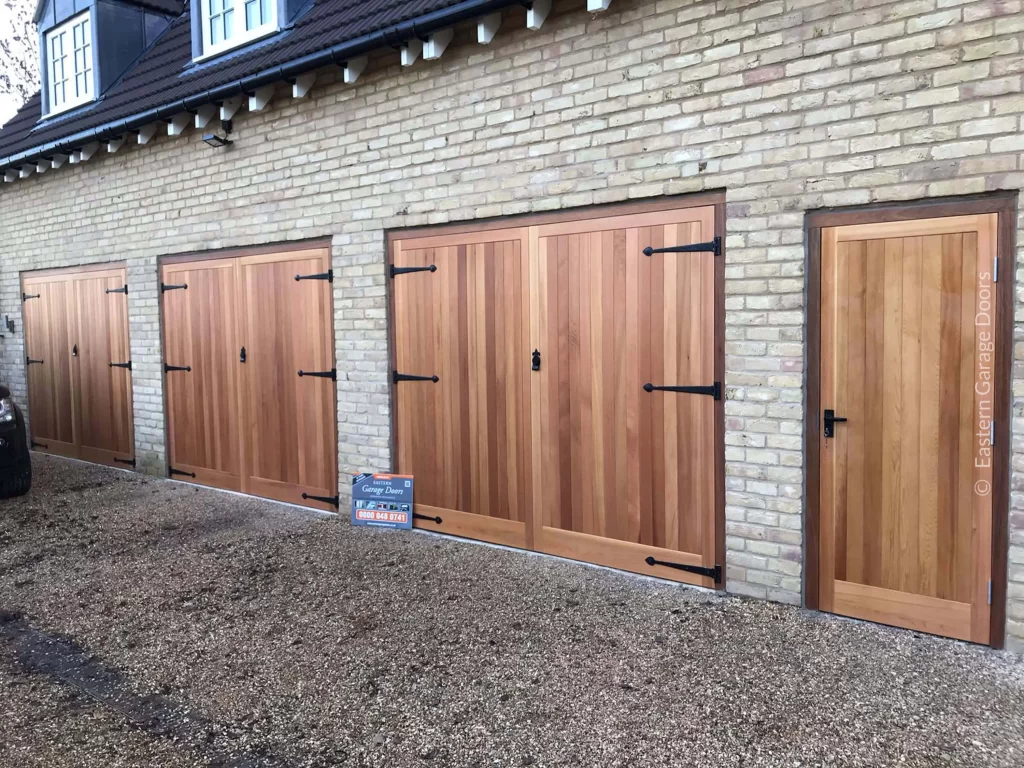
So, if you’re curious about the timeline and signs of garage door damage, keep reading to gain valuable insights and make informed decisions.
Content
Understanding the Timeline of Garage Door Damage
When faced with a malfunctioning garage door, it’s natural to wonder how long it has been damaged and what signs to look out for. Understanding the timeline of garage door damage can provide valuable insights into the severity of the issue and guide you in taking appropriate action.
Audible Clues: Noises That Indicate a Problem
One of the key indicators of a damaged garage door is the noise it produces. If you notice excessive squeaking, grinding, or rattling sounds during operation, it’s a clear sign that something is amiss. These noises can result from worn-out components or misalignment, both of which can develop over time.
Misalignment Matters: Uneven Spacing and Gaps
Examining the alignment of your garage door can reveal important clues about its condition. Take a moment to observe the door when it’s closed. It indicates a potential issue if you notice gaps or uneven spacing between the door panels or between the door and the frame. Loose hinges, damaged tracks, or worn-out springs can cause misalignment.
Physical Damage: Dents, Cracks, and Warping
Physical damage to the garage door is another visible sign of long-standing issues. Inspect the surface of the door for dents, cracks, or warping. These damages can occur due to accidental impacts, harsh weather conditions, or regular wear and tear over time. Such damage affects the door’s appearance and compromises its structural integrity.
Smooth Movements: Balance and Functionality
Pay attention to the door’s movement and balance. A properly functioning garage door should move smoothly and stay balanced at all times. If you notice any jerky or uneven movements, or if the door struggles to open or close, it indicates a potential problem. These issues can worsen over time if left unaddressed.
In conclusion, recognizing the visible signs of garage door damage is crucial when assessing the duration and severity of the issue. You can make informed decisions regarding necessary repairs or seek professional assistance by understanding the damage timeline and observing signs such as unusual noises, misalignment, physical damage, and compromised functionality.
Remember, prompt action is key to ensure your garage door’s safety, security, and smooth operation.

I am Martin and my love is writing about home improvement. I write mostly about home ideas, but also share some tips and tricks that can make your life easier when it comes to getting things done in the house.





